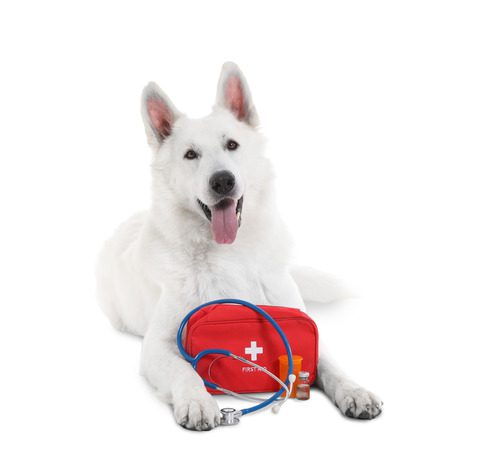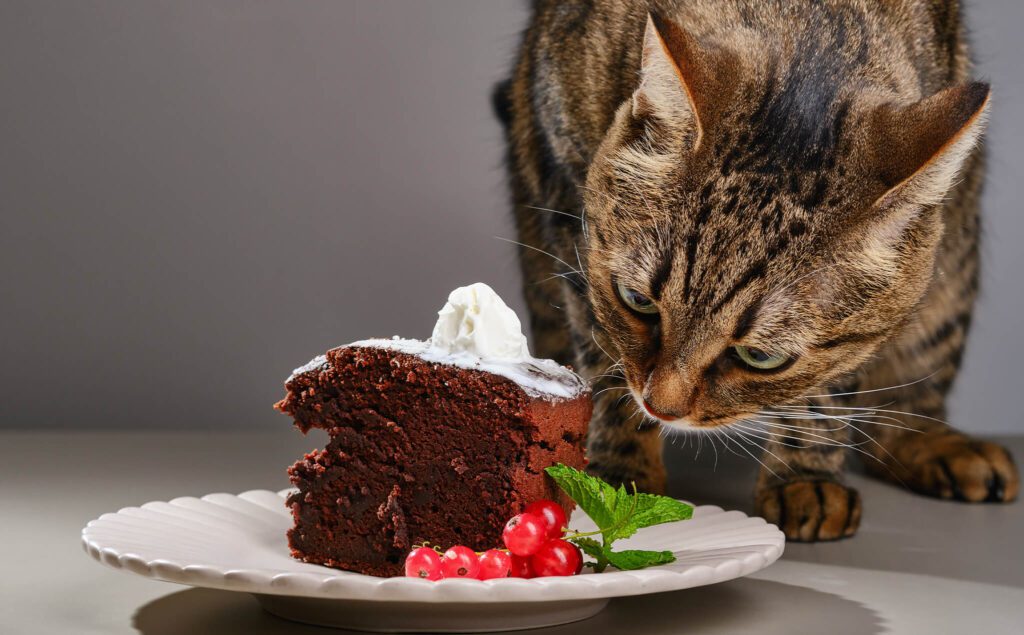My Dog Ate a Corn Cob, What Should I Do?
Discovering your dog has eaten a corn cob can be a startling experience for any pet owner. Corn cobs are not just a minor inconvenience; they can pose a serious health risk to your beloved pet. Unlike the soft, digestible kernels we enjoy, corn cobs are hard and can cause significant digestive issues for dogs. This article is designed to guide you through understanding the risks and the steps you should take if you find yourself in this situation. If your dog has eaten a corn cob, contact an Emergency Veterinary Care Center location immediately.

Understanding the Risks
Corn cobs might seem like harmless leftovers, but for dogs, they’re anything but safe. The primary concern with corn cobs is their indigestibility. When a dog ingests a corn cob, it can lead to a blockage in their digestive tract. This can cause severe symptoms, including vomiting, lack of appetite, abdominal pain, and constipation. In some cases, surgery might be necessary to remove the obstruction.
Symptoms to Watch For
After your dog eats a corn cob, it’s vital to monitor them closely. Symptoms of a digestive blockage include vomiting, especially repeated episodes, a sudden lack of interest in food, noticeable abdominal pain or swelling, lethargy, and changes in bowel movements, such as difficulty defecating. If you notice any of these signs, it’s time to call your veterinarian immediately.
Immediate Steps to Take
Contact Your Vet Right Away
The first and most important step is to call a veterinarian or an emergency pet care facility. Time is of the essence in these situations, and the quicker you act, the better the outcome for your pet. Our Emergency Veterinary Care Centers are equipped to handle such emergencies with care and professionalism. Don’t hesitate to reach out to us.
Provide Important Information
When you call, be ready to provide information about your dog’s size, the approximate size of the corn cob ingested, and any symptoms your dog is showing. This will help the veterinary team prepare for your arrival and give them a head start on treatment planning.
Professional Evaluation and Treatment
Diagnostic Tools
Upon arrival, the veterinary team may use various diagnostic tools to assess the situation. X-rays are a common method used to locate the corn cob inside your dog’s digestive tract. In some cases, an ultrasound might also be necessary to get a clearer picture of the blockage.
Treatment Options
The treatment for a dog that has eaten a corn cob depends on the size of the cob and the dog’s condition. For some, induced vomiting or endoscopy can retrieve the cob if it’s not too far into the digestive system. However, in more severe cases, surgery might be necessary to remove the obstruction safely.
Preventing Future Incidents
Safe Disposal of Food Waste
One of the best ways to prevent your dog from eating dangerous items like corn cobs is to ensure safe disposal of food waste. Always keep trash cans covered or out of reach to curious noses.
Educating Family Members
Educate everyone in your household about the dangers certain foods and objects pose to pets. Ensuring that everyone practices safe disposal and keeps hazardous items away from pets can go a long way in preventing accidents.
Your Role in Protecting Your Dog from Household Hazards
Finding out your dog has eaten a corn cob can be a scary situation, but knowing the risks and the steps to take can make all the difference. Always monitor your pet closely for any signs of distress and remember, our Emergency Veterinary Care Centers are here to help. In situations like these, prompt action is crucial, so don’t hesitate to call one of our locations. Keeping our pets safe is a responsibility we all share, and by taking the right precautions, we can ensure our dogs remain happy, healthy, and out of harm’s way.
Recent Posts
Lyme Disease in Dogs: A Complete Guide for Pet Owners
Lyme Disease in Dogs: A Complete Guide for Pet Owners Discovering that your dog may be at…
Parvo in Dogs: What it is, Symptoms and How to Protect Your Pet
Parvo in Dogs: What it is, Symptoms and How to Protect Your Pet Parvovirus in dogs, commonly…
6 Common Pet Emergencies in Westville, IN
6 Common Pet Emergencies in Westville, IN When your pet faces an emergency, knowing what to expect…
What To Know about Chocolate Poisoning in Cats and How to Protect Them
What To Know about Chocolate Poisoning in Cats and How to Protect Them Chocolate is a treat…
My Dog Has Kennel Cough – Is This an Emergency?
My Dog Has Kennel Cough – Is This an Emergency? When your dog starts coughing, it can…






